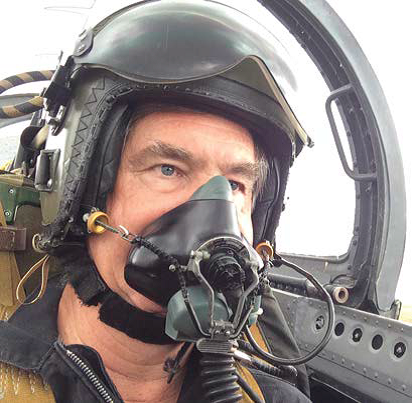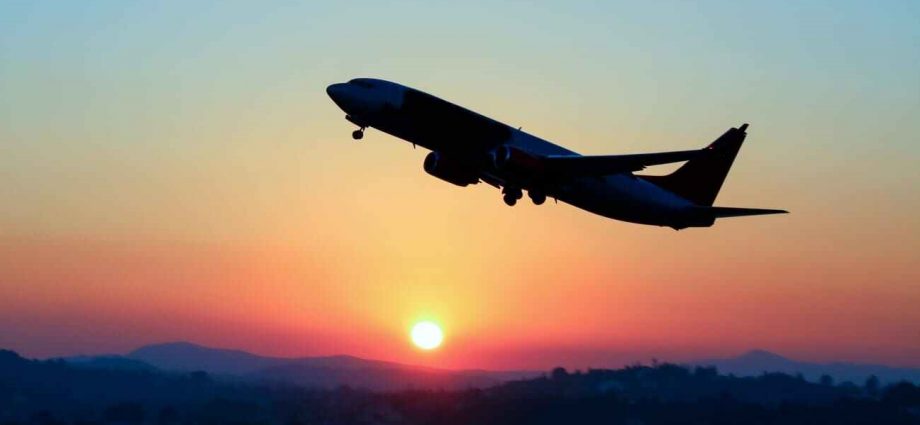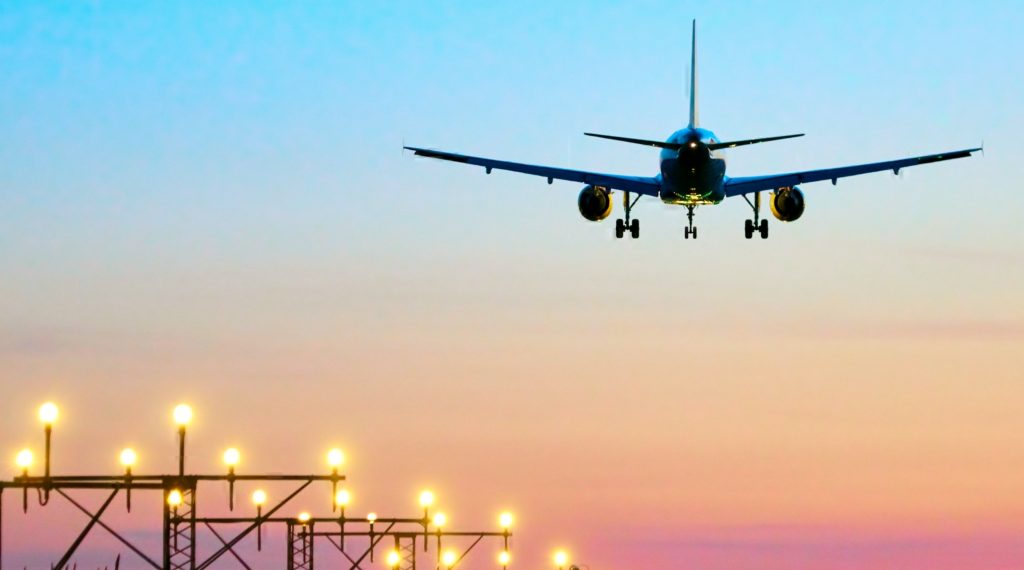
ONE OF THE FEW CONSOLATIONS that we have had under the onslaught of Covid is that the disease will gradually become less virulent, even if only because, in the big scheme of things, it does a virus no good if it kills its host.
The good news is that we have solid reason to believe we are now in the end stages of the disease. As Covid-19 becomes less dangerous with the Omicron variant, so the world is taking faltering steps back to unrestricted airline travel. Unfortunately, the stop-start nature of the return to normal operations is immensely frustrating and very hard to plan for. So most airlines continue in survival mode. This is particularly the case for those African airlines that rely on tourism for a large part of their revenue.
IATA research shows that for 2021, the airline industry globally was still operating at around 50% of pre-Covid levels. If the recovery in 2022 is as expected, we should see a ‘new normal’ of around 80% of 2019 levels.
What can we expect in the post-Covid industry? IATA reckons people are still keen to travel, both in the short and long-term.
The IATA projections are more optimistic than was hoped just a few months ago. 2022 global passenger numbers are expected to recover to around 70% of 2019 pre-Covid-19 levels. In 2023, global passenger numbers are expected to recover to 88% of pre- Covid-19 levels. And in 2024, global passenger numbers are expected to be an amazing 105% of pre- Covid-19 levels. So yes – by the end of 2023 airline traffic should be back to normal.
‘by the end of 2023 airline traffic should be at a new normal.’
However, the legacy of Covid-19 will linger in suppressed growth – perhaps as people have become used to webinars. By 2030, global passenger numbers are expected to have grown to 5.6 billion which is still 7% below the pre-Covid-19 forecast and an estimated loss of 2-3 years of growth due to Covid-19.
Beyond 2030 air travel is expected to slow, due to weaker demographics and a baseline assumption of limited market liberalisation, giving average annual growth between 2019 and 2039 of 3.2%. IATA’s pre- COVID-19 growth forecast for this period was 3.8%.
The recovery in passenger numbers is slightly stronger than the recovery in demand measured in revenue passenger kilometres (RPKs), which is expected to grow at an annual average of 3% between 2019 and 2039. This is due to the expected strength of domestic markets like China, with large passenger numbers and shorter distances.
The damage of the Covid-19 pandemic will be felt for years to come, but all indications are that people still have their need and desire to travel. This is evident in that, whenever a border re-opens, there is a surge in airline bookings.
It’s been a long and tough fight for airline survival, but the prognosis for a full recovery is good.



